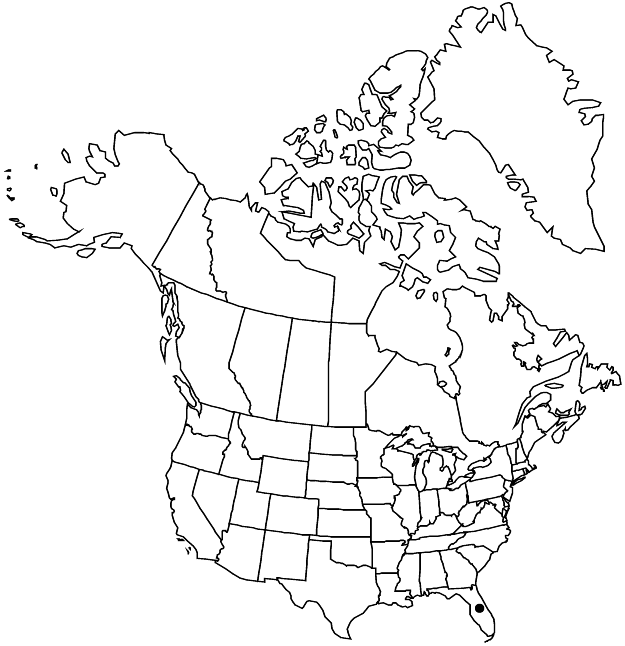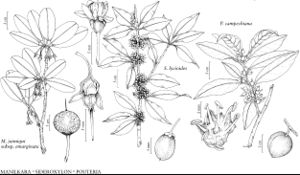Difference between revisions of "Pouteria campechiana"
Candollea 9: 398. 1942,.
Common names: Canistel zapotillo zapote blanco
IntroducedIllustrated
Basionym: Lucuma campechiana Kunth in A. von Humboldt et al., Nov. Gen. Sp. 3(fol.): 188; 3(qto.): 240. 1819
Synonyms: Lucuma nervosa A. de Candolle
imported>Volume Importer |
imported>Volume Importer |
||
| Line 65: | Line 65: | ||
|publication year= | |publication year= | ||
|special status=Introduced;Illustrated | |special status=Introduced;Illustrated | ||
| − | |source xml=https:// | + | |source xml=https://bitbucket.org/aafc-mbb/fna-data-curation/src/2e0870ddd59836b60bcf96646a41e87ea5a5943a/coarse_grained_fna_xml/V8/V8_506.xml |
|genus=Pouteria | |genus=Pouteria | ||
|species=Pouteria campechiana | |species=Pouteria campechiana | ||
Latest revision as of 22:44, 5 November 2020
Trees to 8 m. Leaves: petiole 10–25(–45) mm, finely hairy; blade elliptic to oblanceolate or obovate, 80–250(–330) × 30–80(–150) mm, margins revolute. Pedicels 6–12 mm, densely hairy. Flowers: sepals ovate to suborbiculate, 4.5–11 mm; petals 8–12 mm, tube 5–6(–8) mm; staminodes petaloid, 2–4 mm. Berries 25–70 mm, apex short-rostrate, surface smooth. Seeds 1–6, 20–40 mm.
Phenology: Flowering mid summer.
Habitat: Hardwood hammocks
Elevation: 0-5 m
Distribution

Introduced; Fla., Mexico, West Indies (Cuba), Central America.
Discussion
Pouteria campechiana, native from Mexico to Panama, is frequently cultivated and escaped or persistent in the West Indies and Florida.
Selected References
None.
Lower Taxa
None.
